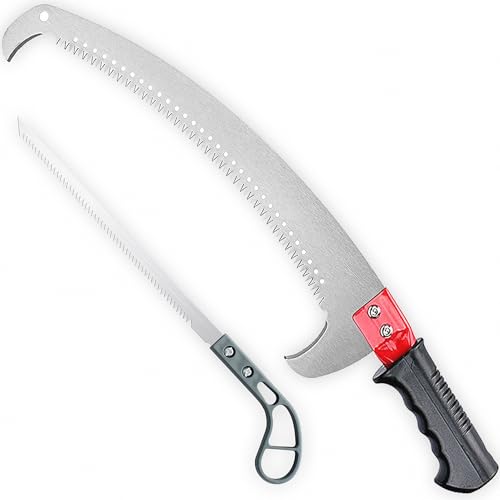An equipment company nearby installed the hoist and built the box. Everything turned out pretty good in the end.
Unfortunately, I can't recommend the company because the hoist was severely flawed when I went to pick up the truck the first time. The bracket they mounted it on was under such torque that when the hoist was raised it would visibly twist and appeared it would break.

Very dangerous. And that was with no load in it. I made them redo it correctly. Plus they exceeded their timeframe for completion of the job by over two weeks.
The bill was for close to $5000 after tax, but we agreed on $4500 total due to all the headaches.
The hoist is a Bulldog 10-ton and is $2100 for the kit. $1700 for the box (painted), plus extras like the platform over the cab, the sheet metal to mount signs on, re-doing the trailer hitch so the bed won't hit it when it dumps, etc.
It only dumps to about 40 degrees, which is really a little inadequate. I wanted it to dump to at least 60 degrees, but they could not install the hoist that far toward the rear without interfering with my 5th wheel mount. And I've got to have that (the sides come off so I can use it to haul a 5th wheel trailer). But it does dump most of the load on its own, and the rest comes out with a few encouraging pokes with a long pole (not that pole, you sick bastards).
I had a hard time finding anyone that would install the hoist, so I can't tell you where to go for that. But I strongly recommend that wherever you go for any work of this nature you get a written, itemized estimate that includes the anticipated timeframe and explains how the bill will be adjusted if they don't fulfill their promises.
























































 Very dangerous. And that was with no load in it. I made them redo it correctly. Plus they exceeded their timeframe for completion of the job by over two weeks.
Very dangerous. And that was with no load in it. I made them redo it correctly. Plus they exceeded their timeframe for completion of the job by over two weeks.